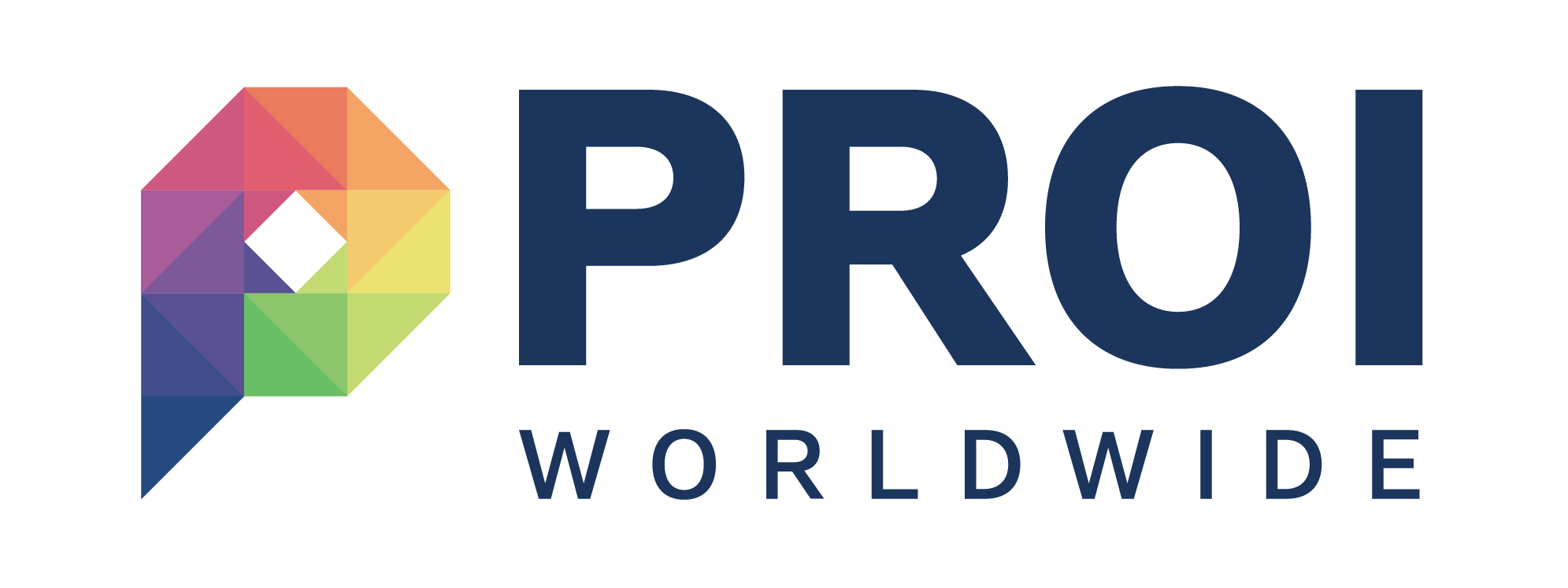Doing Business In - Australia
Government

Australia has a multi-tiered system of government similar to the United States, United Kingdom, Canada and Germany consisting of:
There is an increasing focus in Australia on transparency around corporate ‘influence’ on the government decision-making process, with requirements for lobbyists to provide business and client details on a public register.
Australia has two main political parties—Liberals (right-wing) and Labor (left-wing)—who are both generally pro-business. Of the minor parties, the Australian Greens (far left-wing) are increasing their influence and at the last federal election attracted more than 13 per cent of the vote. The Greens will hold a controlling voting bloc in the Upper House (the Senate) from June 2011.
The current Australian Government is a minority Labor Government (this is unusual at a federal level and last occurred in 1941) supported by a number of independents and the Australian Greens. This government is led by Australia’s first female Prime Minister, Julia Gillard.
There appears to be a growing public frustration in Australia with what is perceived as political ‘spin-doctoring’ and a focus on 24/7 media management rather than good policy outcomes and a connection with grass roots constituents.
-
A federal parliament located in Canberra, ACT
-
Six state and two territory parliaments
- 560 local councils.
There is an increasing focus in Australia on transparency around corporate ‘influence’ on the government decision-making process, with requirements for lobbyists to provide business and client details on a public register.
Australia has two main political parties—Liberals (right-wing) and Labor (left-wing)—who are both generally pro-business. Of the minor parties, the Australian Greens (far left-wing) are increasing their influence and at the last federal election attracted more than 13 per cent of the vote. The Greens will hold a controlling voting bloc in the Upper House (the Senate) from June 2011.
The current Australian Government is a minority Labor Government (this is unusual at a federal level and last occurred in 1941) supported by a number of independents and the Australian Greens. This government is led by Australia’s first female Prime Minister, Julia Gillard.
There appears to be a growing public frustration in Australia with what is perceived as political ‘spin-doctoring’ and a focus on 24/7 media management rather than good policy outcomes and a connection with grass roots constituents.
